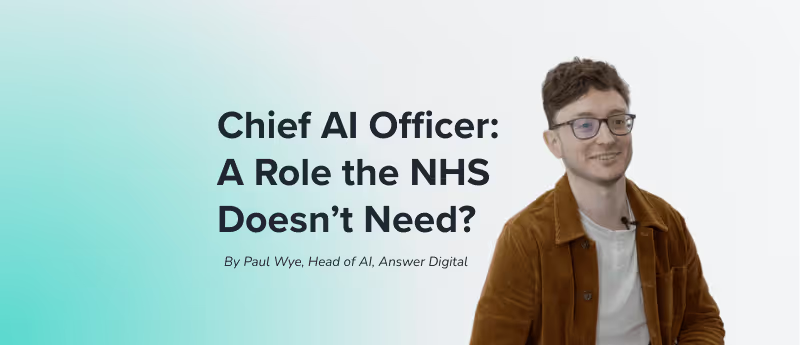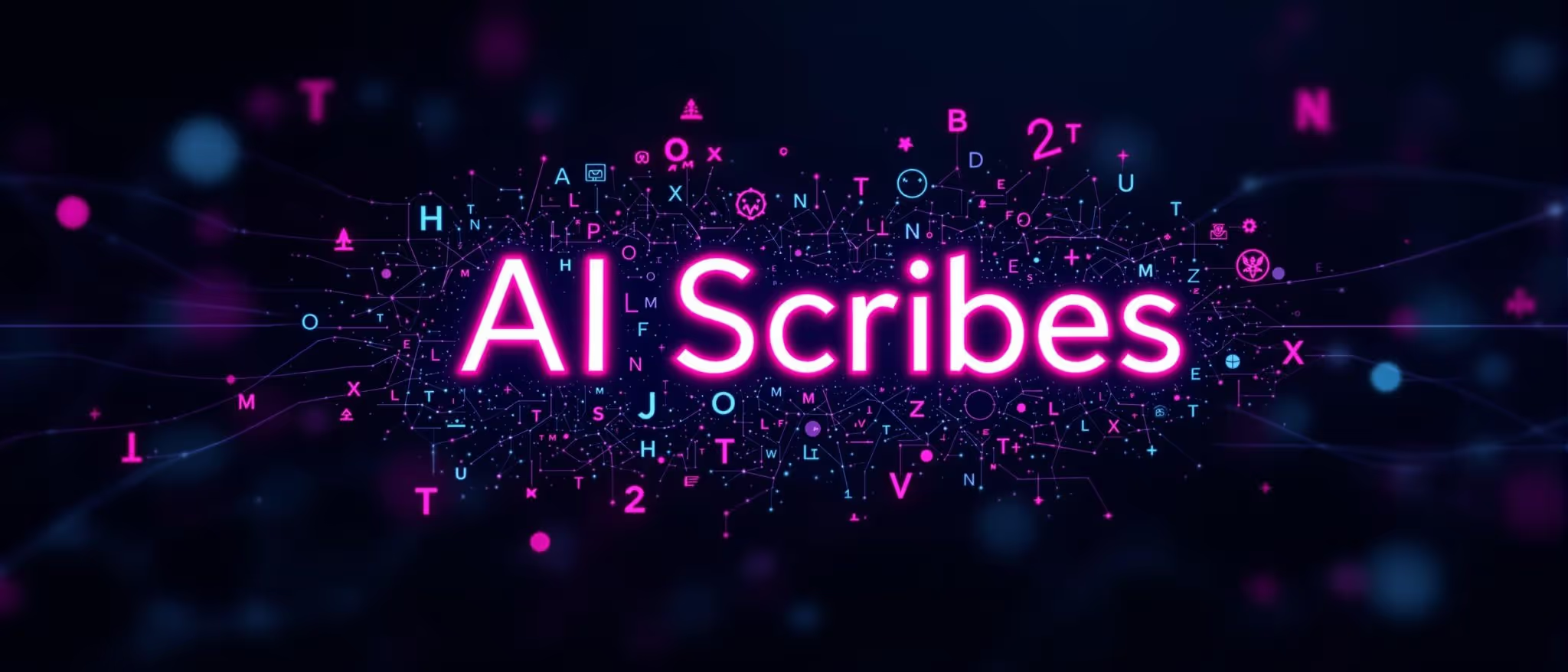Digital humans and voicebots in healthcare an interview with Joanna Skotarczyk
Digital humans and voicebots in healthcare an interview with Joanna Skotarczyk
.png)
In this interview, we speak with Joanna Skotarczyk (Roche; Basel, Switzerland) about the potential uses of voicebots and digital humans in healthcare and how we can overcome concerns over lack of empathy and emotional connection. This interview took place at BioTechX Europe 2023 (4–6 October, Basel, Switzerland).
Please could you introduce yourself and provide a brief overview of your career to date?
My name is Joanna, and I am a Software Developer and Solution Architect for Roche (Basel, Switzerland). I have worked at this same company for over nine years, and when I first joined Roche I worked in Poland as a Data Engineer. Then I moved on to become slightly more technical and work on developing computer-interfaces. Now I am working as a solution architect and designing solutions for use in patient monitoring.
What exactly are voicebots and digital humans?
Voicebots and digital humans are types of conversational interfaces, in the same family as chatbots. I think users are more familiar with chatbots right now because in many places you can find chatbots on websites, and all over the news. But I believe voicebots and digital humans are the next evolution. With voicebots, we are just operating the bot using a voice. Digital humans on the other hand, are more like digital avatars that can act and behave like a real human. So not only can you talk to digital humans, but you can also see them and use cameras to improve the experience for the user. The whole idea of digital humans is to build an emotional connection with the user.
What are some of the most interesting and useful applications in healthcare?
I think there are many interesting ideas for applications of voicebots and digital humans. One idea that I like the most is something that was developed by Mayo Clinic. They developed Alexa’s knowledge to provide information about first aid. For example, if you needed to know what to do if someone gets burned, you could simply ask Alexa and get that information. And I think that it is really useful and convenient to have this feature on a chatbot because in such emergency situations, we usually struggle to look for the proper answers on Google or online.
One of the biggest concerns surrounding voicebots is their lack of human empathy and emotional connection. How can we overcome this?
Digital humans already represent a human avatar that will smile or react to what we are saying, and the important thing to consider when designing the digital human is that we only want it to display positive or neutral emotions. We do not want it to react in any way that is negative. Even if a user is sad, we would program the digital human to behave in a neutral way because we do not want to enlarge those negative emotions. At the same time, we also do not want the digital human to smile when the user is sad. This all comes under the importance of detecting emotions accurately. There are a few ways that digital humans can detect emotions. Firstly, we can use cameras and videos so that the digital human can ‘see’ and recognize emotions on people’s faces. Secondly, we can use voice processing, which enables the digital human to analyze the tonality of a user’s voice. This second way is actually the most powerful when detecting emotions, but also the hardest to achieve in a digital human. Thirdly, we can also enable the digital human to analyze the sentiment in a user’s text. These methods of emotion recognition enable us to design digital humans with the ability to react more appropriately to the user and create personalized conversations based on the user’s emotions. Of course, we have not perfected emotional recognition in digital humans, but I think that these methods are a huge step forward in building meaningful emotional connections with users. We also need to remember that there is an ‘uncanny valley’ effect: the fact that as robots act more humanlike, they become more likeable, but only up to a certain point. After this point, there is a risk that a robot acting too human will create feelings of unease and revulsion. In the same way, people might feel uncomfortable if a digital human behaves in a way that is ‘too human’.
Finally, in what ways do you think voicebots are advantageous over people in online communications?
I would say there are no advantages that a voicebot presents over humans in cases of communication, but voicebots can definitely support and assist humans. For example, if there is a repetitive task that involves answering the same question over and over again, then voicebots can help in this aspect. Also, as they technically have no emotion, there is less risk of them responding in a negative emotional way. But ultimately, we need to remember that actually nothing will replace humans because it will always be a different experience from talking to a real person.
Interviewee profile:

Joanna Skotarczyk is a versatile technology expert with almost 10 years of experience. Joanna is enthusiastic about evolving business with innovative solutions, translating product vision into the most progressive data-driven solutions with a deep knowledge of the software development life cycle: understanding user requirements and preparing architecture design, developing end-to-end solutions, and providing quality assurance. She presents extremely strong business acumen and outstanding collaboration skills with stakeholders on all levels. Joanna considers herself a passionate technological freak, and is eager to extend her knowledge and share it with audiences at work and during international conferences.
.png)
.png)
.png)



